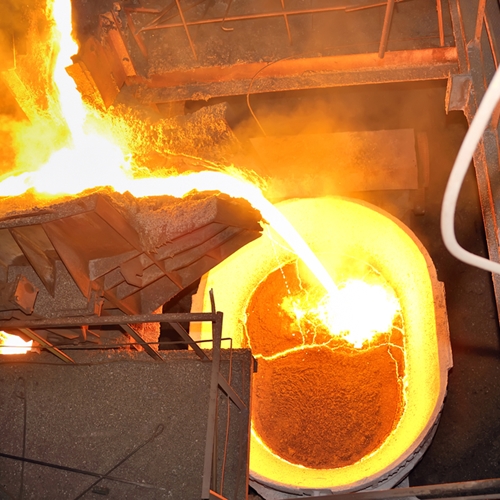
Industrial sites are often exposed to toxic gases on a daily basis, making work environments potentially hazardous if something were to go wrong. Some of the most commonly found and poisonous gases are carbon monoxide, chlorine and methane. Listed below are the dangers of these gases and how to handle exposure.
Carbon monoxide
This gas is colorless, odorless, presents itself in many environments, and can be deadly if undetected. According to the Consumer Product Safety Commission, carbon monoxide is created through the burning of such substances as oil, coal, propane and natural gas, all of which are commonly present in industrial settings.
Exposure to carbon monoxide can result in flu-like symptoms in early stages, but can escalate quickly if the leak goes unnoticed. Symptoms include headache, shortness of breath, nausea and dizziness upon light exposure – if these or any physical ailments are experienced on a job site, managers should be informed as soon as possible. In dangerous poisoning cases in which high levels of exposure have been experienced, people may suffer from vomiting, mental disorientation, loss of muscle control and coordination, and may eventually lose consciousness and die.
To keep workers safe, all industrial sites should be equipped with toxic gas detectors that will warn employees of a leak. There should also be evacuation procedures in place for all emergency situations so that if a leak does occur, factories and plants will be empty upon the arrival of emergency responders. In case of a carbon monoxide leaks, police and fire departments should be contacted immediately.
Chlorine
This substance is often used in plants and factories, and according to the Centers for Disease Control and Prevention (CDC), is one of the most manufactured chemicals in the United States. It is used in common household products such as bleach, and is also used while making pesticides and many types of rubber.
The severity of symptoms depends upon the level of exposure, but physically, people can experience blurred vision, coughing, difficulty breathing, nausea, vomiting and fluid in the lungs that may not present itself for several hours.
Chlorine itself is not explosive, but it is often used in conjunction with other flammable substances such as ammonia and turpentine. Because of the potential risk of fire, all work sites using chlorine in any form should have combustible gas leak detectors present as well as industrial fire alarms.
In case of exposure, one should seek medical attention right away. If symptoms such as burning eyes or blurred vision are present, individuals should rinse their eyes out with cool water for 10 to 15 minutes and dispose of contact lenses to avoid further contamination.
Methane
Miners are most commonly exposed to this gas, as are those who work with the coal-cutting-process, during which methane levels can rise rapidly without warning. The CDC reports that the installation of methane gas detectors is federally mandated in workplaces with high risk of methane leaks.
Risks of exposure to the substance include fatigue, headache and dizziness, and according to the Wisconsin Department of Health Services, the intensity of physical signs vary according to length and severity of the methane's presence near humans. When released, methane may smell distinctly like rotten eggs – if this odor is detected on a work site, an evacuation should take place, as the presence of this smell indicates a potentially harmful level of the gas.
This substance is highly explosive when contained, which is why serious steps must be made to assure the safety of all those working in risky environments. In addition to installing gas and fire detectors, all employees should be aware of swift and effective exit plans in case of emergency.